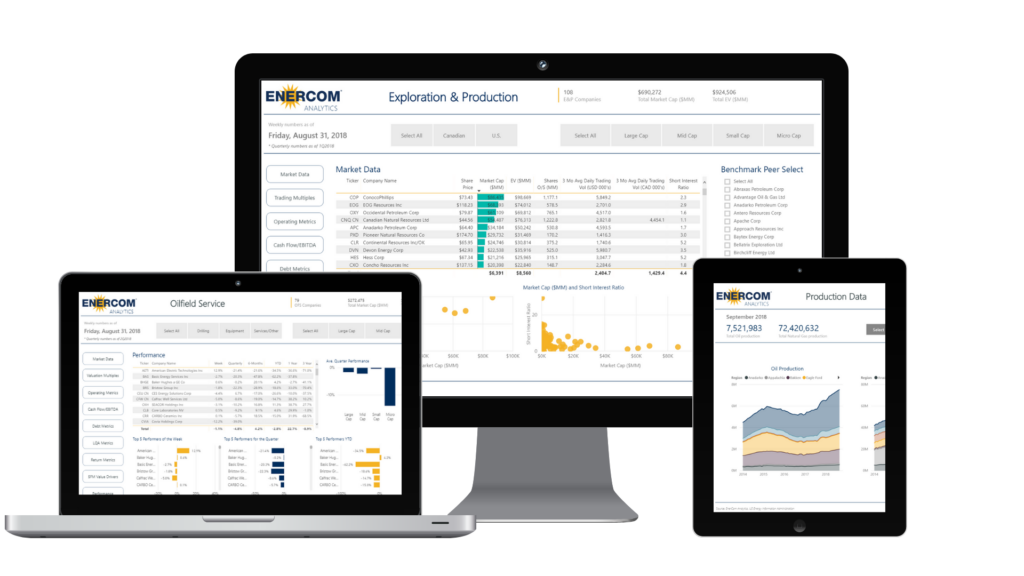Hard not to drill shale at $60: cash flow for the first time in many years
From the Houston Chronicle
OPEC and its partners are expected Thursday to extend a pact to keep crude off the market to support oil prices and further drain a worldwide glut that has weighed on Houston’s energy industry and economy for more than three years.
Anticipation of a deal to maintain oil production cuts of 1.8 million barrels a day through the end of next year has spurred a rally in commodity markets in recent weeks, pushing U.S. crude prices within reach of the key $60 a barrel threshold. But even if OPEC and other major producers, such as Russia, make — and stick to — an agreement to extend the output reductions first adopted a year ago, the key to their success may lie in the shale fields of Texas, Oklahoma and other parts of the United States.
The question is whether shale drillers, guided by profits rather than the cartel’s fiats, will react to higher prices with a production surge that offsets OPEC’s cuts or maintain the discipline recently promised to investors by controlling costs and expanding slowly. Which path U.S. companies take could determine if prices pass $60 a barrel, or fall back below $50, and whether Houston’s plodding economic recovery gains speed next year, analysts said.
That $10 spread could mean the difference between the Houston area adding almost 70,000 jobs next year or just 42,000, according to an economic forecast by Bill Gilmer, director of the Institute for Regional Forecasting at the University of Houston.
“Tell me the price of oil and I can tell you where we’re going,” Gilmer said.
At the closely watched gathering in Vienna Thursday, the Organization of the Petroleum Exporting Countries will consider a second extension of production cuts to bring global supply and demand into balance after a crushing oil bust that pushed scores North American energy companies into bankruptcy, cost hundreds of thousands of jobs globally, and crippled the economies of oil-producing nations.
This time last year, crude prices also were climbing, leading U.S. oil companies to dispatch hundreds of drilling rigs and reviving economic activity in Houston. But the enthusiasm — and Houston’s economy— sputtered in mid-2017 amid fears that a second shale boom would boost global supplies and undercut prices.
The latest wrinkle is U.S. oil companies have said they will only drill as long as they can earn profits of the crude they pump, as opposed to expanding operations at a loss to gain or hold onto market share.
Gilmer is skeptical that U.S. companies will hold that course if prices continue to rise. The number of working U.S. drilling rigs has increased in recent weeks amid higher oil prices, after a months-long decline. The Baker Hughes oil-rig count, the industry’s go-to metric of drilling activity, has increased by 18 to 747 since early November.
“It’s hard to believe they can keep their fingers off the levers,” Gilmer said. “Having confidence in these oil prices is just very hard right now.”
OPEC’s production-cut agreement, reached between two dozen countries and renewed over the summer to run through March, has cut deep into crude stockpiles around the world, reducing inventory levels from 338 million barrels above historical norms in January to 138 million barrels in September.
But U.S. drillers also are pumping more oil. In August, crude production across the continental United States rose by 115,000 barrels a day, even with disruptions in Texas caused by Hurricane Harvey. The Energy Department estimates domestic output will reach 10 million barrels a day by the end of next year, breaking the nation’s record.
U.S. oil prices edged lower by 12 cents on Tuesday to a $57.99 a barrel, but are still about $10 a barrel higher than a year ago and $15 above the summer’s low point.
There are already signs oil companies are taking advantage of higher prices. As oil prices climbed in the third quarter, U.S. producers locked in higher prices through long-term contracts for almost 900,000 barrels a day, more than double the amount contracted in the previous three-month period, according to energy research firm Wood Mackenzie. That could support an increase in drilling activity.
“For most of these guys, $60 oil means they have cash flow for the first time in many years, after cutting and cutting,” said R.T. Dukes, a Wood Mackenzie analyst.
But several Houston area oil companies including Anadarko Petroleum Corp., Marathon Oil Corp., EOG Resources and Occidental Petroleum Corp., recently told investors in earnings calls that they plan to proceed with caution, gearing incentives to reward executives for maximizing profits, controlling costs and boosting shareholder returns, in addition to production growth, long the top metric used in setting compensation.
“There’s a lot of pressure from investors to not just plow cash they get from higher prices back into the ground,” said David Pursell, head of macro research at Houston investment bank Tudor, Pickering, Holt & Co. “If you’re OPEC you’ve got to love what you’re hearing. But we’ll see how long it lasts.”







